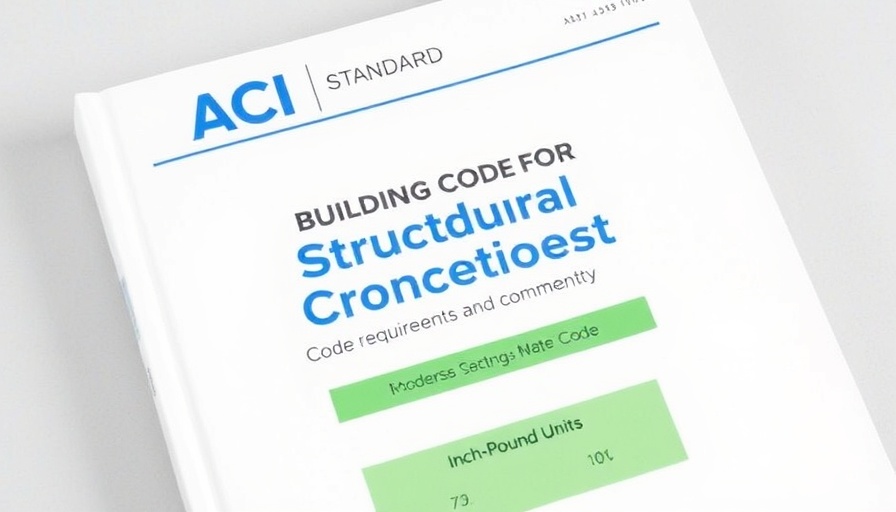
Transforming Luxury through Innovative Design
The recent luxury remodel of a home in La Habra exemplifies how modern design principles can create spaces that are not only visually stunning but also highly functional. Substrata's approach to the Westhills residence has successfully integrated premium craftsmanship with smart technology, catering to the desires of homeowners looking to balance elegance and practicality.
Creating Open-Concept Living for Today’s Families
Space has always been a premium in older homes, but this remodel showcases the possibilities of reimagined living areas. By removing load-bearing walls, the design team was able to increase usable space by an impressive 40%. This choice not only brightens the interior but also enhances flow between rooms. The 12’ vaulted ceilings, highlighted by a matte basalt graphite fireplace, make a striking focal point in the great room, while Fleetwood sliding doors invite the exterior in, breaking down the barriers between indoor comfort and the picturesque hillside landscape.
Gourmet Kitchen: Productive and Chic
A standout feature of the remodel is the gourmet kitchen, designed to inspire both cooking and social interactions. Equipped with a Thermador Pro Harmony range and cleverly hidden ventilation, this kitchen is the perfect blend of function and flair. At the center, an 11’ Cloudburst Concrete quartz waterfall island offers not just workspace but also a reason for gathering and entertaining. Coupled with Palisades Oak cabinetry and Blumotion hardware, this kitchen proves that luxury and practicality can coexist harmoniously.
Crafting a Personal Sanctuary: The Primary Suite
The primary suite in the remodel serves as more than just a bedroom; it is a personal retreat. Featuring a new view balcony with Trex composite decking, residents can enjoy breathtaking sunset vistas directly from the comfort of their bedroom. The spa-like bathroom boasts a Kohler soaking tub and DXV fixtures that transport residents to a serene getaway right in their own home. This commitment to creating a tranquil atmosphere showcases the importance of personal space in modern living.
Incorporating Sustainability into Luxury
Beyond aesthetic appeal, the remodel echoes a growing trend in construction: the integration of sustainable design. Homeowners are increasingly looking for features that not only minimize environmental impact but also enhance energy efficiency. The use of sustainable materials and the inclusion of smart home technology are key steps in creating homes that cater to both luxury and conscious living.
Benefits of Embracing Design Innovation
Investing in a home remodel transcends mere visual appeal; it directly impacts functionality and lifestyle. Upgraded spaces not only enhance daily living experiences but are also pivotal in boosting property value. As property developers and homeowners look to capitalize on these benefits, understanding the balance of innovation and sustainability becomes paramount.
Call to Action: Explore Innovative Remodeling Solutions
As you consider your next renovation project, think about how design innovations can transform your home or business space. Whether it's optimizing functionality or enhancing aesthetic appeal, there are a wealth of options available. Seek out design firms that share your vision of blending beauty with practicality for the ultimate living experience.
 Add Row
Add Row  Add
Add 




Write A Comment